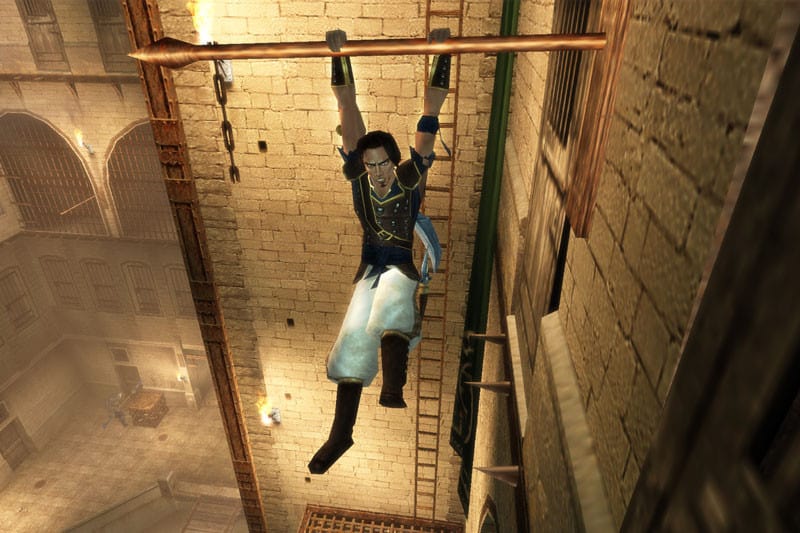Prince of Persia is a long-running series of action-adventure games currently published by Ubisoft. As the title suggests, the games focus on a fictional prince who gets caught up in fantastical swashbuckling adventures throughout medieval Persia. The original games took inspiration from many sources, including Indiana Jones and One Thousand and One Nights. The franchise has since split into multiple different continuities thanks to a variety of reboots. Despite its fractured past, however, it’s had a considerable impact on pop culture. Prince of Persia spawned a film adaptation in 2010, as well as the creation of a LEGO product line. Ubisoft’s prominent Assassin’s Creed franchise is broadly considered a spiritual successor to Prince of Persia. While that series is still going strong, Prince of Persia has somewhat faded in recent years. Here’s every game that’s been released so far.
Prince of Persia (1989)
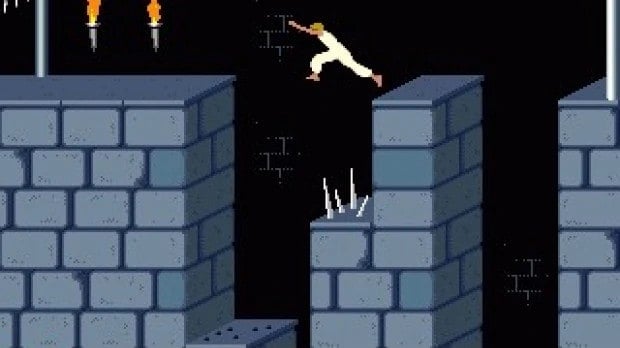
The very first game in the franchise was a cinematic platformer that launched exclusively for Apple II computers. Following its critical and eventual commercial success, it was later ported to a wide variety of additional platforms. It was developed and published by Broderbund, which published a lot of other early PC hits like Myst. Jordan Mechner designed the title, using rotoscoping for the animation. The fluid animation of the characters was a huge selling point for the game. The plot, meanwhile, focuses on an unnamed protagonist’s attempts to rescue the princess of Persia from the evil wizard Jaffar. The scheming vizier threatens to kill the princess within 60 minutes if she does not agree to marry him.
Prince of Persia 2: The Shadow and the Flame (1993)
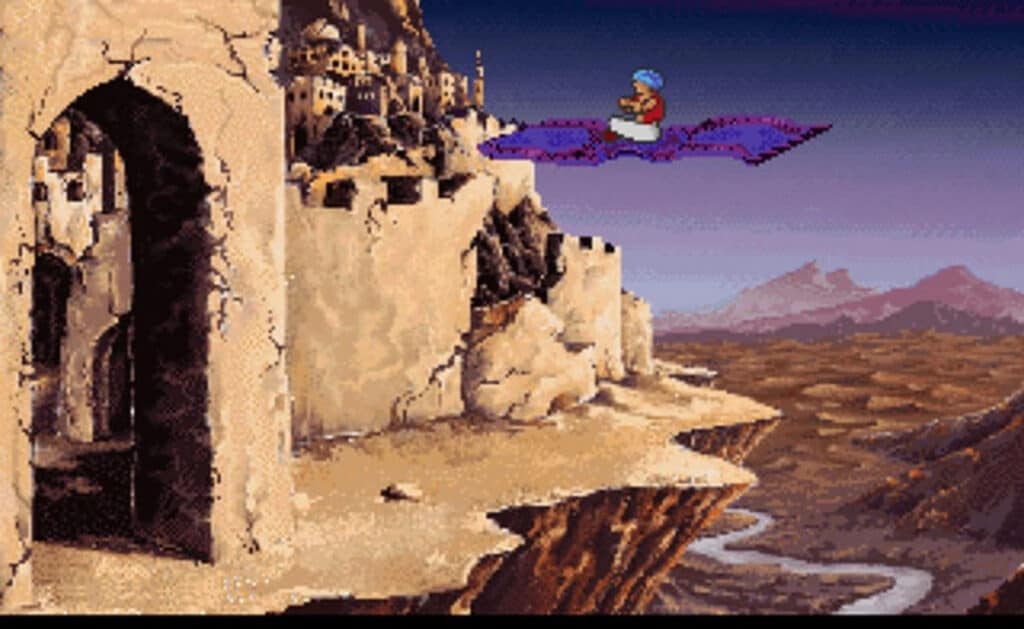
This direct sequel, initially launched for the MS-DOS, takes place a mere eleven days after the events of the first Prince of Persia. Jaffar disguises himself as the eponymous prince, the protagonist of the first game, forcing the hero to flee the kingdom. He must travel back to Persia and once again save the princess from Jaffar’s cruel machinations. Prince of Persia 2 was well-received just like the first game, with critics noting its particularly high difficulty. The game ended on a cliffhanger threatening an old witch as a new antagonist, but the planned sequel that would feature her was never released.
Prince of Persia 3D (1999)
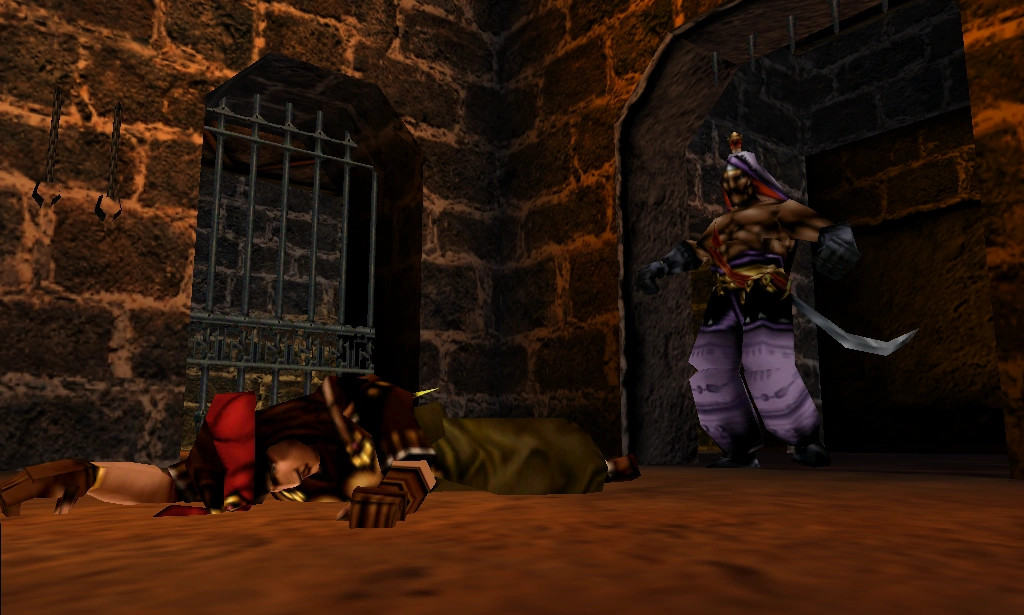
In lieu of a cinematic platforming sequel featuring an evil witch, the final game in the original Prince of Persia took the franchise in a bold new direction. This was the first 3D action-adventure game for the series. While original creator Jordan Mechner made some narrative contributions, he was largely uninvolved. The eponymous prince is controlled through tank controls, like the original Resident Evil. Unfortunately, this shift to 3D was not praised by everyone, and the game got middling reviews.
Prince of Persia: The Sands of Time (2003)
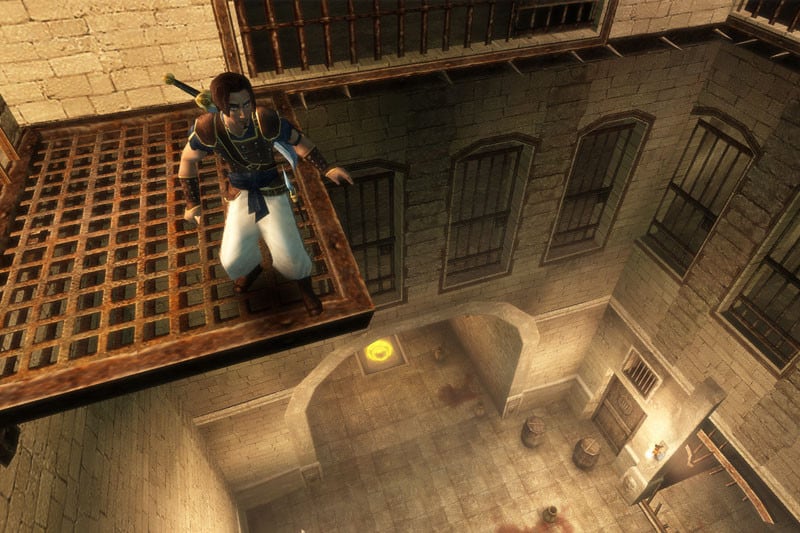
The first Prince of Persia game released after Ubisoft acquired the rights to the IP came out for the Game Boy Advance, PS2, GameCube, Xbox, and PC. The game serves as a full reboot of the franchise, launching a new timeline for subsequent games. Jordan Mechner returned to the series to serve as creative consultant, designer, and scenario writer. The result was an action-packed story about a mystical dagger with the power to control time. Sands of Time was a massive success, and its positive reception earned it a reputation as one of the best video games ever made. This legacy has prompted Ubisoft to attempt a remake, but lukewarm reactions to that project’s announcement has left its fate uncertain.
Prince of Persia: Warrior Within (2004)
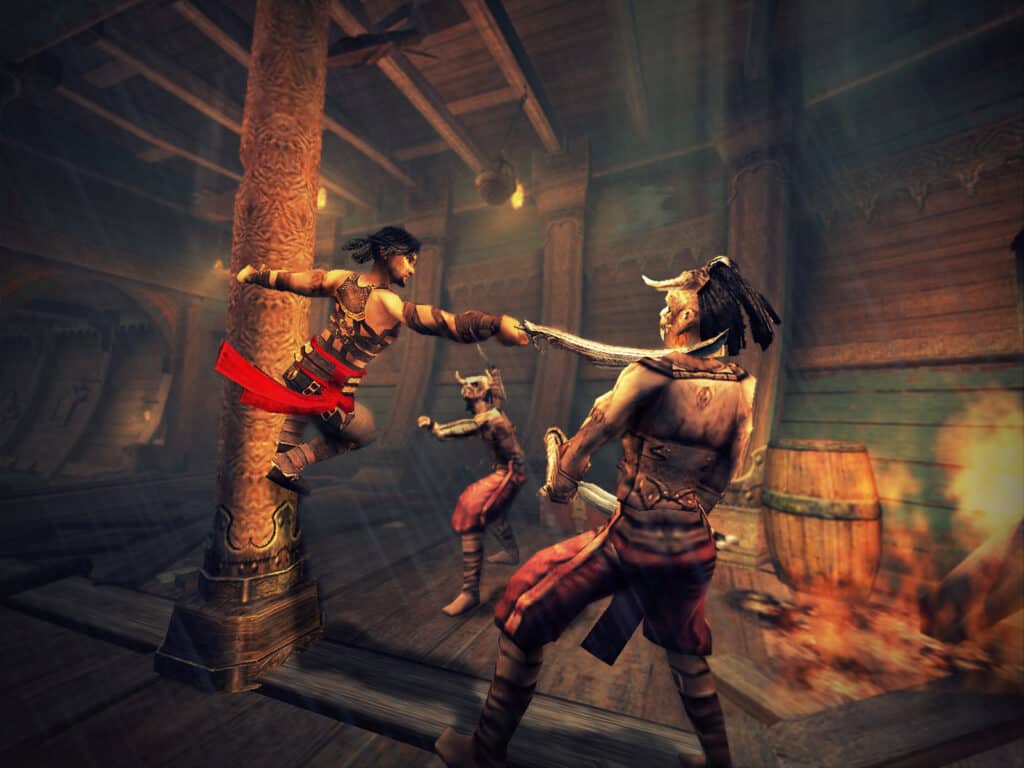
The sequel to the Sands of Time followed the previous game’s formula in terms of gameplay. However, it marked a considerable tonal shift as well. The game was rated M as opposed to Sands of Time’s T, and consequently it set a much darker, grimmer tone than its predecessor. Many fans were disappointed by this new, edgy direction. However, they also praised its enjoyable action-adventure gameplay, which many felt was improved from Sands of Time.
Prince of Persia: The Two Thrones (2005)
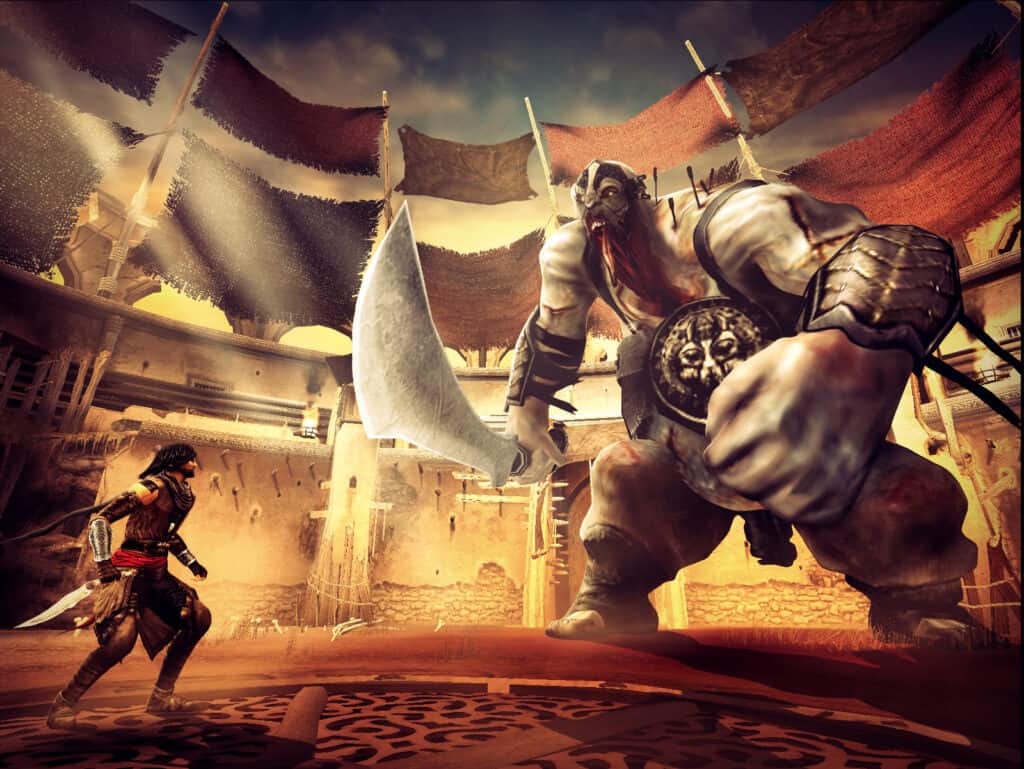
The reboot trilogy begun with Sands of Time would conclude with The Two Thrones, though this is not the final game in this timeline. The Two Thrones, later censored and ported as Prince of Persia: Rival Swords, follows the titular prince as he discovers that his actions on the mystical Island of Time in Warrior Within have undone the events of Sands of Time, resurrecting that game’s antagonist, the Vizier. While staving off corruption from his sinister Dark Prince persona, the hero must defeat the Vizier once and for all. The game was generally received well, but it certainly wasn’t as much of a landmark success as Sands of Time.
Prince of Persia (2008)
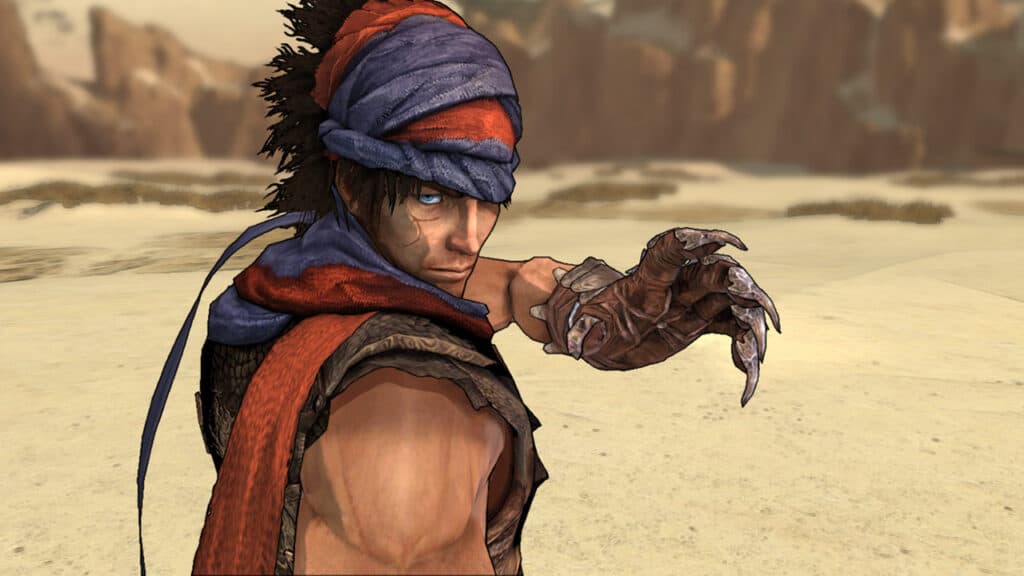
The franchise saw yet another reboot in 2008, establishing a third distinct continuity. The new protagonist is referred to as the Prince, but this is just a nickname. It is not specified whether or not he comes from a royal lineage. Hallmarks of the franchise’s gameplay, such as acrobatic traversal and an emphasis on combat, are carried over into this new game. The title was received well, but some felt it was too easy when compared to previous titles.
Prince of Persia: The Fallen King (2008)
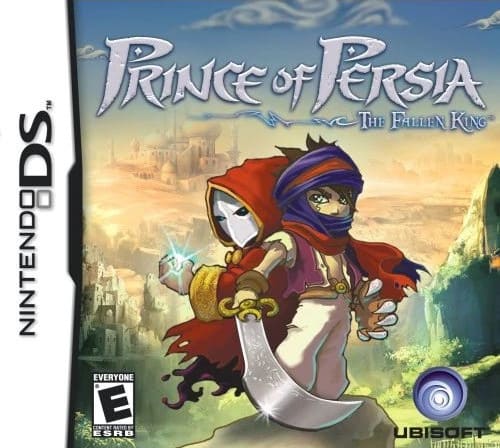
This DS platformer is a spinoff of the 2008 Prince of Persia, and to date it is the only other game taking place in that title’s new continuity. The game takes place after the 2008 title and stars the same unnamed Prince. However, it is a radically different title in terms of gameplay, being a 2D platformer instead of an action-adventure game. Unfortunately, the game received middling reviews. Its unorthodox control scheme, which required players to use the DS stylus to control the Prince and his companion Zal, did not go over well when compared to traditional controls.
Prince of Persia: The Forgotten Sands (2010)
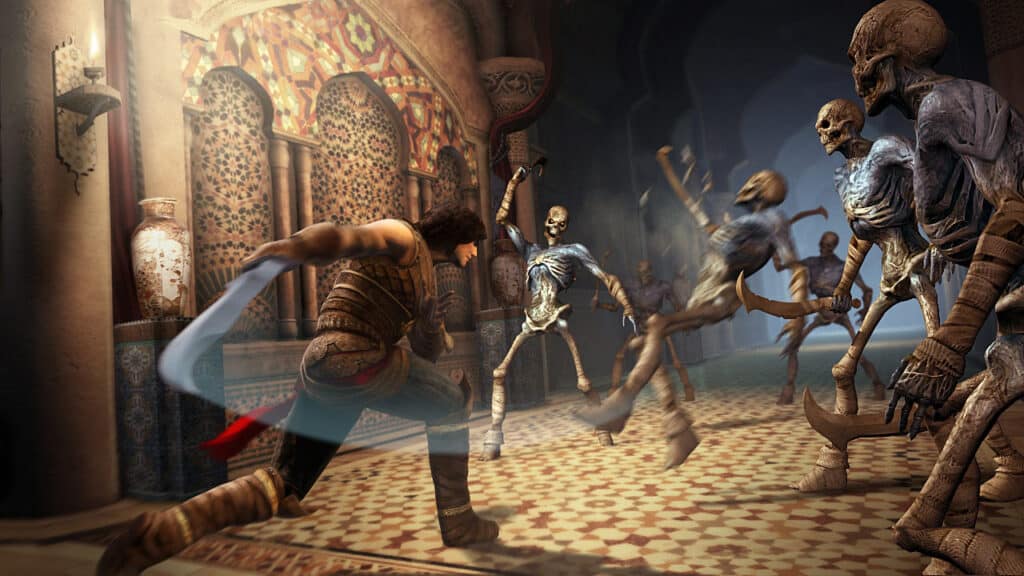
2010’s entry in the Prince of Persia franchise is a complicated matter, as it is technically multiple games. Multiple different versions of The Forgotten Sands released throughout May and June of 2010 for different consoles. The main version was released for PS3, Xbox 360, and PC, but other versions were released for the Nintendo DS, Wii, PlayStation Portable, and even mobile devices and web browsers. The games all take place in the continuity of Sands of Time, taking place between the landmark title and its sequel The Warrior Within. Each version presents an alternate version of the same basic storyline. Most versions of the game were received well, but the DS version presented the same stylus-based control scheme as The Fallen King, and was similarly criticized.
Prince of Persia: The Lost Crown (2024)
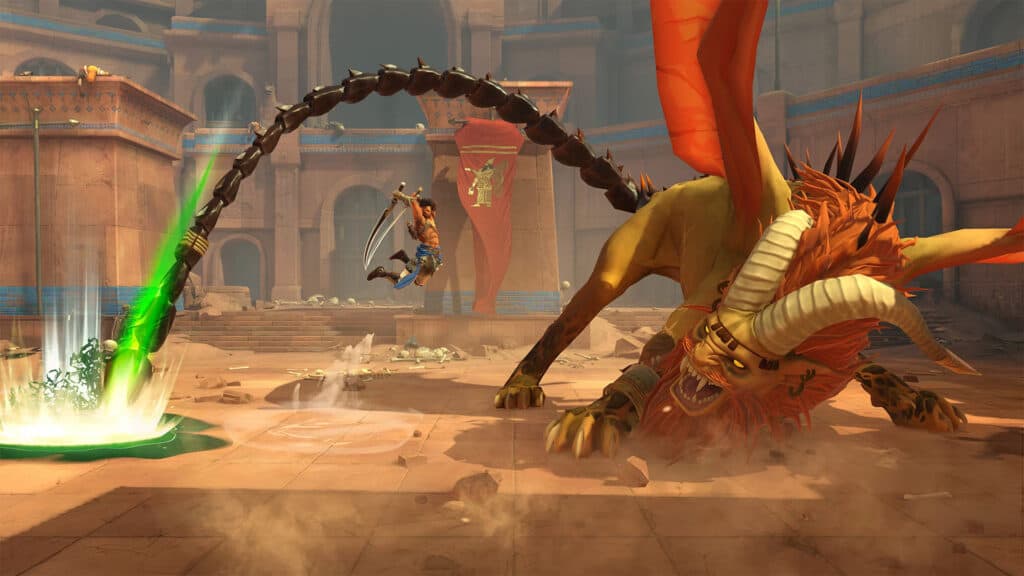
The franchise went mostly silent after 2010’s Forgotten Sands, but a new title is on the horizon. The Lost Crown will introduce Sargon, a new protagonist who must rescue a kidnapped prince from a cursed city. The Lost Crown is a side-scrolling platformer like the original titles, and its action-adventure gameplay will be enhanced by metroidvania elements. Time magic will once again be an element of the upcoming title. The game is set to release early next year, and time will tell if it lives up to the legacy of this long-running franchise.
